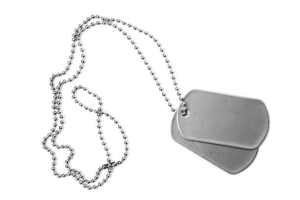Press Release | June 17, 2005
WWII Missing In Action Soldiers Identified (Puckett, Brown)
The Department of Defense POW/Missing Personnel Office (DPMO) announced today that the remains of two U.S. Army soldiers, missing in action from World War II, have been identified and returned to their families for burial.
They are Sergeant John T. Puckett, Wichita, Kan., and Private Earnest E. Brown, Bristol, Va. Puckett will be buried tomorrow at the Ardennes American Cemetery, Neupre, Belgium. Brown was buried last week near Bristol, Va.
On January 15, 1945, during the Battle of the Bulge, Puckett and Brown were searching for German soldiers in a wooded area near Elsenborn, Belgium. They were ambushed and came under intense enemy machine gun and mortar fire. Eyewitnesses indicated they were killed, but their bodies could not be recovered due to enemy activity.
Following the war, remains of American soldiers were recovered and identified, but not those of Puckett and Brown. Then in 1992, two Belgian nationals located and excavated an abandoned fighting position in the forest east of Elsenborn. They recovered remains and other evidence and turned them over to U.S. authorities in Europe.
Scientists of the Joint POW/MIA Accounting Command and the Armed Forces DNA Identification Laboratory used mitochondrial DNA as one of the forensic tools to identify the remains as those of Puckett and Brown.
Of the 88,000 Americans missing in action from all conflicts, 78,000 are from World War II.
For additional information on the Defense Department’s mission to account for missing Americans, visit the DPMO Web site at http://www.dtic.mil/dpmo or call (703) 699-1169
